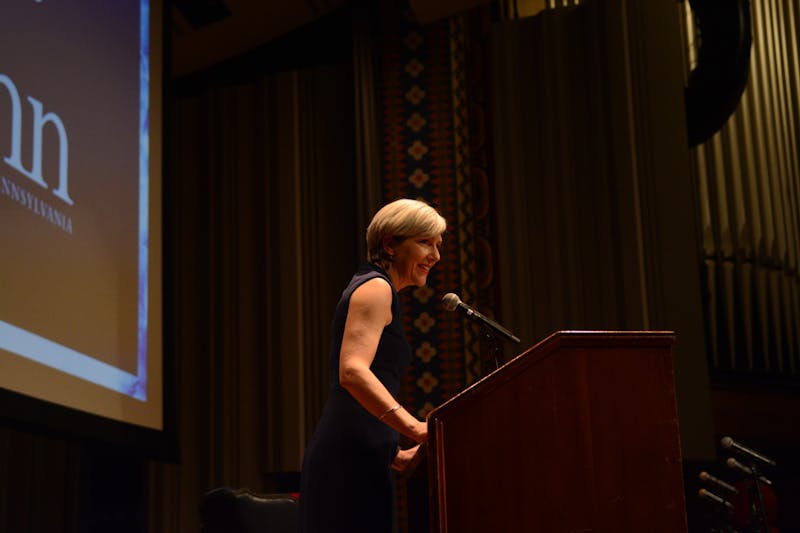
Interdisciplinary course combines anthropology and computer science, using computer software to model ancient buildings and artifacts.
Credit: Carson KahoeAs computer science skills continue to grow more popular among students, Penn’s Department of Computer and Information Science has found itself struggling to make the course more widely available.
The department said in the Spring of 2017 that they were working in partnership with other academic departments in the University to create a “richer selection” of CIS courses that would appeal to non-majors. Since then, however, the CIS department has not been able to expand its course offerings.
“In the previous year we were not able to add another of these courses because our energies were poured into creating courses for an online certificate program and now for a degree program, and because of our overwhelming demand for our existing courses,” said CIS professor Sampath Kannan, who was the former department chair.
The CIS department currently offers several courses that are cross-listed with the anthropology, biology, psychology, and linguistics departments. These include ANTH 258, which teaches students how to design online visualizations and animations of archeological excavations.
Given the limited number of faculty, current CIS department chair Zachary Ives said he often finds it challenging to identify which new courses to create. Moving forward, Ives said he believes the student voice will be crucial in tailoring the curriculum in combination with other disciplines and interests.
“That’s where I think interacting with the UA and interacting with the student body as a whole can be extremely useful to us,” Ives said. “I hope we will get back to creating new courses for freshmen from various parts of the university.”
UA Communications Director and Wharton sophomore Sravya Alla said that in the past, there has not been a clear infrastructure for students to offer their input on computer science programs to administrators.
Alla said she has tried to pitch the idea of creating a CIS advisory board within the Engineering School, but was turned down by EDAB after being told that the Engineering Dean’s Advisory Board was already working closely with the CIS department on issues around course offerings.
“It didn’t make sense to me personally that the number one major was Computer Science in the Engineering school, but there wasn’t a lot of representation of computer science in the higher advisory boards,” Alla said. “There wasn’t infrastructure for student input.”
In the past two years, there has been only one CIS major within EDAB, though Engineering and Wharton senior Vijay Ramanujan, who is the VP of External on EDAB, said that there isn't a direct correlation between the number of CIS representatives on board and the quality of student input given.
"The one [CIS representative] does a lot of interaction with students already," Ramanujan. "But that said, I'm very much open to increasing representation across all schools." He added that in the current recruitment process, he's looking forward to increasing the number of representatives from departments with a lot of students, such as CIS.
While the CIS department has not been able to introduce a wider selection of cross-listed courses, it continues to offer CIS 105, a less challenging version of CIS 110 that focuses on computational data exploration. Many students, including former Undergraduate Assembly president Kat McKay considered CIS 110 a “weed-out” class meant to discourage students who do not have a high level of investment in the subject area.
CIS 105 – or “baby CIS” as some students call it – on the other hand, is designed to teach the basics of Python to students with little to no coding experience. The class began in Fall 2016 as a specialized Benjamin Franklin Scholars course, but soon after opened up to a broader audience.
The Daily Pennsylvanian is an independent, student-run newspaper. Please consider making a donation to support the coverage that shapes the University. Your generosity ensures a future of strong journalism at Penn.
Donate






